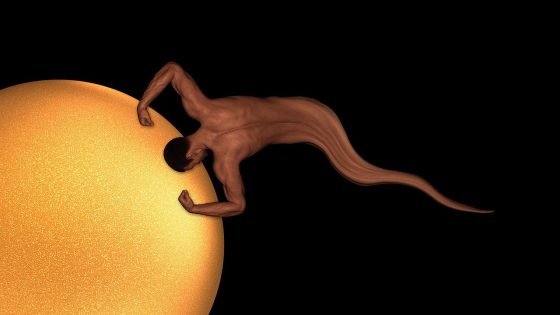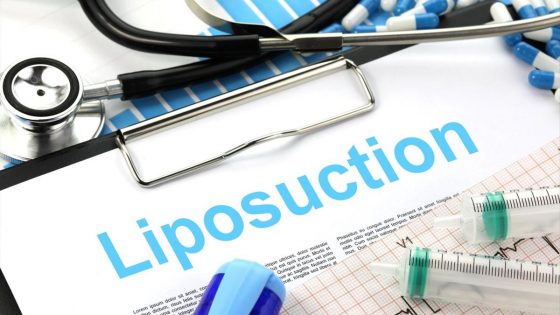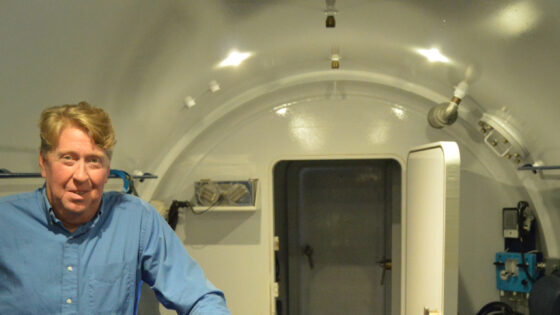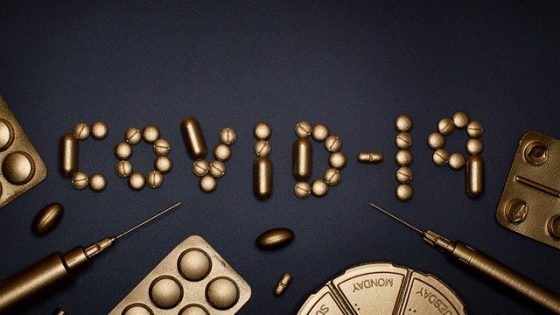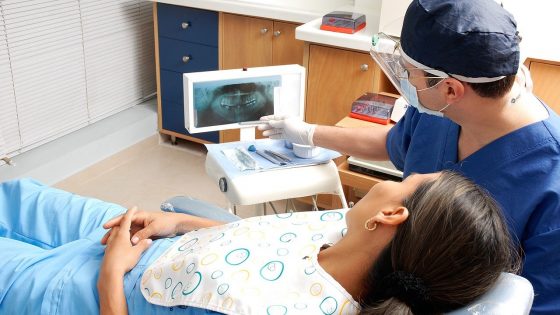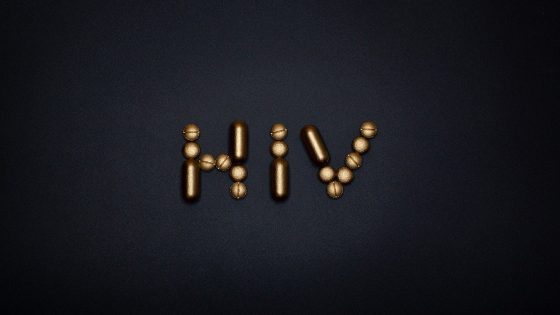craniotomy
An operation in which a piece of the skull is removed. A craniotomy may be done so doctors can remove a brain tumor or abnormal brain tissue. It may also be done to remove blood or blood clots from the brain, relieve pressure in the brain after an injury or stroke, repair a brain aneurysm (a bulge in a blood vessel wall) or skull fractures, or treat other brain conditions. The piece of skull that is removed is usually put back in place after the brain problem has been treated.
cranium
The bones that form the head. The cranium is made up of cranial bones (bones that surround and protect the brain) and facial bones (bones that form the eye sockets, nose, cheeks, jaw, and other parts of the face). An opening at the base of the cranium is where the spinal cord connects to the brain. Also called skull.
craving
A strong, urgent, or abnormal desire for a certain substance or activity. There are different types of cravings, such as food cravings or cravings for addictive substances, including alcohol, drugs, or nicotine. Nicotine cravings are common after a person quits smoking and may come and go over time.
CRC
A type of cell grown in the laboratory from samples of normal cells or cancer cells from patient tissue. These cells can be kept alive for as long as needed and grown to large numbers. The cells are treated with substances that cause them to resemble stem cells (cells from which other types of cells develop) and grow rapidly. Under certain conditions, CRCs can be made to look and act like the original tissue or specific type of tumor from which they came. They are used to study how cancers and other diseases form, and to test new drugs and other types of treatment before they are given to people. Also called conditionally reprogrammed cell.
creatine
A substance that is made by the body and used to store energy. It is being studied in the treatment of weight loss related to cancer. It is derived from the amino acid arginine.
creatinine
A compound that is excreted from the body in urine. Creatinine levels are measured to monitor kidney function.
Crestor
A drug used to lower the amount of cholesterol and other harmful substances, such as triglycerides, in the blood. It is also being studied in the prevention and treatment of some types of cancer and other conditions. Crestor blocks an enzyme that helps make cholesterol in the body and it helps break down cholesterol. It also may cause cancer cells to die and may inhibit the growth of blood vessels that cancer cells need to grow. It is a type of HMG-CoA reductase inhibitor and a type of statin. Also called rosuvastatin calcium.
crib death
A disorder marked by the sudden and unexpected death of a healthy child who is younger than one year old, usually during sleep. The cause of crib death is not known. Also called SIDS and sudden infant death syndrome.
cribriform
Pierced with small holes as in a sieve. Refers to the appearance of a tumor when viewed under a microscope. The tumor appears to have open spaces or small holes inside.
Crisis
A turning point that results from a stressful event or a perceived threat to one’s well-being that cannot be readily solved by methods that have been successful in the past.



